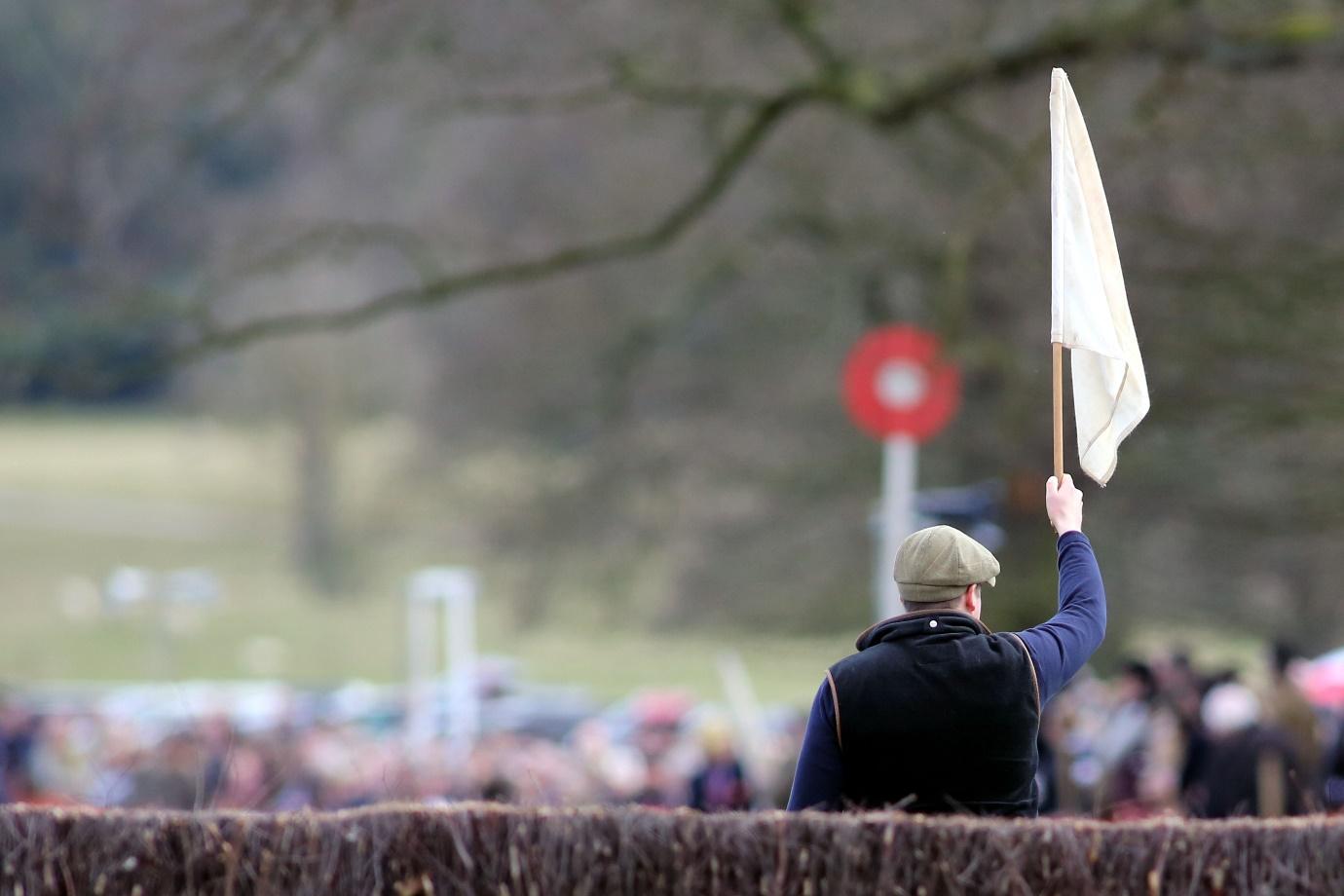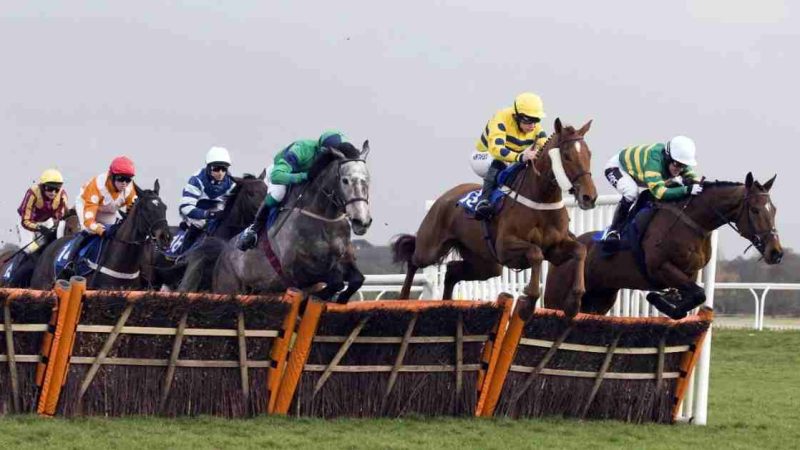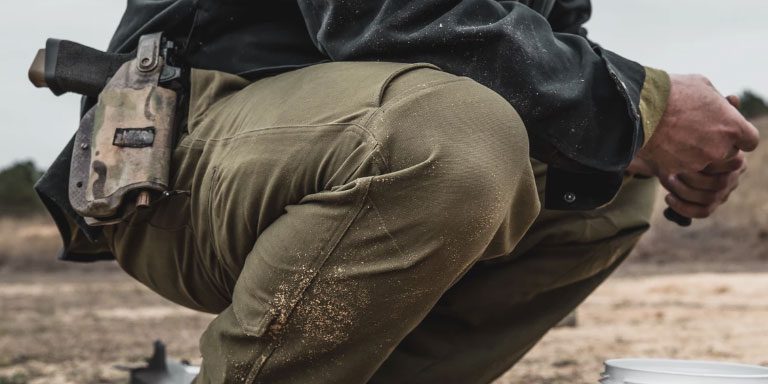1993: The Greatest Disaster in the History of the Grand National

Only on a handful of occasions in its lengthy 183-year history has the Grand National not taken place. The most recent cancellation of the gruelling Aintree race coming in 2020, thanks to the outbreak of the coronavirus pandemic in the United Kingdom —grinding the sport of horse racing to a sudden halt as it did with so many other things in life.
The first and second World Wars meant that there were no renewals of the National between 1916-1918 and 1941-1945. All valid reasons for the ultimate test of horse and rider not to take place in Merseyside, of course.
Only on one other occasion has an edition of the marathon contest not been added to the record books. That was in 1993 when the race was voided for the first, and still to this day only, time.
It’s fair to say that the decision to scratch the race from history did not sit well with those who had spent time studying the form cards and thoroughly scouring the horse racing odds in a bid to make a winning selection. But like the tale of Foinavon, Captain Beecher and so many famous renewals before it, the 1993 edition of the race will live long in the memory of the millions who watched it unfold and will go down in jump racing folklore.
Of course, not everyone will be familiar with the dramatic events that took place at a bewildered Aintree Racecourse that day. Even if you are, it’s always worth jogging the memory and taking a look back anyway. So, without further ado, let’s delve back through the achieves and explore what was described by commentator Peter O’Sullevan as the ‘greatest disaster in the history of the Grand National.’
False starts
The beginning of the National is often utter chaos, with the 40-odd horses and jockeys furiously jostling for the perfect position at starter’s orders. But there was an extra spanner thrown in the works in 1993, as a host of animal rights protestors stormed the track close to the first fence — delaying the start of the race.
Things only got worse from there. With the track quickly cleared, a false start was called by Keith Brown as several jockeys got tangled in the tapes. The runners who managed to avoid the mix-up were waved down by a second official before the first fence, returning to the start for a second attempt.
The same happened again though, with jockey Richard Dunwoody — in the saddle of Won’t Be Gone Long — getting the tapes stuck around his neck. This is where disaster struck, as the starter’s flag failed to unravel and 30 of the 39 entries made off down the track. Ken Evans, the aforementioned second official, also failed to stop the 30 runners — all unaware of what was going on behind them.
The race
Despite the best efforts of everybody inside Aintree to try to bring attention to what had happened, the majority field still continued racing. Farm Week fell at the fourth, Royal Athlete fell at Valentine’s (fence nine) and Senator Snugfit took a tumble at the 10th.
It wasn’t until the water jump, the penultimate fence of the first circuit, that some of the jockeys finally realised what was going on and ultimately pulled up their horses — including the heavily backed duo of Captain Dribble, who had Champion Jockey Peter Scudamore in the saddle, and Party Politics, who was the 7/1 favourite.
14 horses still managed to carry on into the second lap of the race though, with Sure Metal and Howe Street battling for the lead before both falling at the 20th hurdle. 15/2 chance Romany King boasted the lead until after the final fence, losing out to Cahervillahow (25/1) and Esha Mess (50/1) — the former finishing in second to the massive outsider.
What happened next?
Despite the fact that O’Sullevan, who continued to commentate on proceedings for the BBC, had repeatedly stated that the race would be declared void, there was still mass confusion as to what would happen. Brown, who was officiating his final Grand National before retirement, had indicated that he may allow the nine non-starters to compete. But the Jockey Club declared the race void and the starter was booed by the Aintree crowd.
An investigation later found Brown to be only partially to blame, as he was deemed to have allowed the runners to get too close to the tape. Instead, it was Evans, the official further down the course, who was considered the main culprit for the mess — failing to spot the false start and allowing the horses and jockeys to carry on racing.




